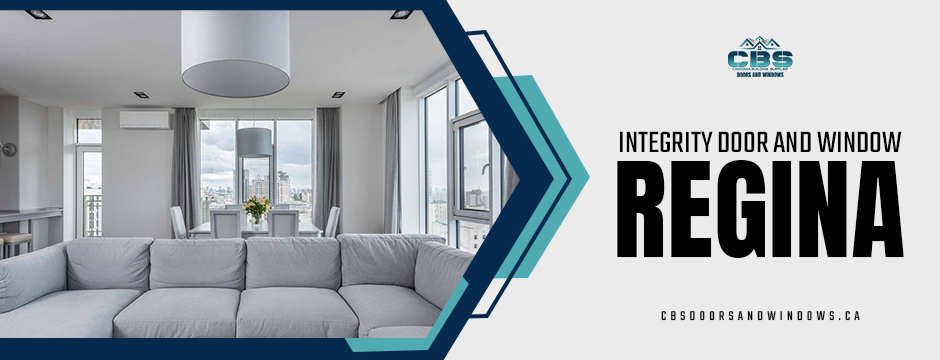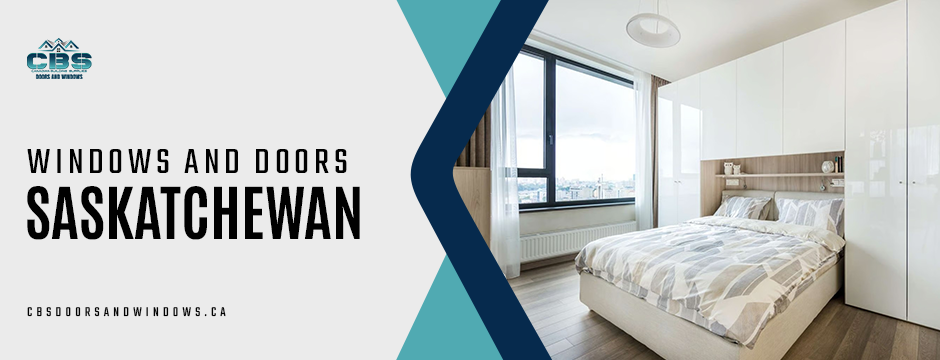As Saskatchewan continues to experience extreme seasonal swings — with frigid winters, blazing summers, and everything in between — the homes in this province demand more than just conventional aesthetics. Windows and doors are no longer silent, static boundaries between inside and outside. They’ve become performance-driven features: thermal regulators, daylight conduits, design statements, and even smart interfaces. In cities like Regina, Saskatoon, and beyond, homeowners and architects are pushing the envelope, seeking to combine energy efficiency with bold visual design, durability in harsh climates, and adaptability to changing lifestyle needs.
In this evolving landscape, cutting-edge Windows and Doors Saskatchewan systems are rewriting what’s possible. Think triple glazing with dynamic tinting, flush-mounted panels that vanish into walls, pivoting doors as grand gestures, and smart frames that respond to sun angle. The future isn’t just about letting light in — it’s about controlling it, optimising it, and integrating it with modern home systems. For Saskatchewan, with its prairie wind, snow loads, and cold snaps, these innovations aren’t just nice-to-haves — they’re becoming essential if homes are to remain comfortable, sustainable, and forward-looking.
Performance Comes First: Energy Efficiency as a Design Driver
Triple Glazing, Low-E, and Gas Fills
In Saskatchewan’s climate — where winters drop well below freezing and summers can be intense — high-performance glazing is a necessity, not a luxury. Triple-pane windows with low-emissivity (Low-E) coatings, often combined with argon or krypton gas fills between panes, are now considered standard in high-end builds. These technologies help reduce heat loss, limit solar gain when unwanted, and maintain more uniform interior temperatures.
Thermally Broken Frames & Composite Materials
The frame that holds your glass is just as important as the glass itself. Thermally broken aluminium frames, composite frame systems, or foam-insulated vinyl help prevent thermal bridging (where heat “leaks” through conductive frame elements). Modern composites and engineered timber-aluminium hybrids also offer strength without sacrificing insulation.
Airtightness, Ventilation & Heat Recovery
To truly maximise window and door performance, airtight construction and controlled ventilation are key. The “Saskatchewan Conservation House,” built in Regina in the 1970s, was a pioneering demonstration of extreme airtightness, superinsulation, and mechanical ventilation with heat recovery — concepts now echoed in Passive House and net-zero designs. Modern systems pair airtight seals in windows and doors with heat-recovery ventilators (HRVs) to bring in fresh air while capturing energy from outgoing air streams.
The Rise of Smart & Adaptive Glazing
Electrochromic & Thermochromic “Smart” Glass
Windows and Doors Saskatchewan that automatically darken or lighten in response to sun exposure — without blinds — are moving from experimental to commercial viability. Electrochromic glazing can shift its tint with an electric signal, reducing glare and solar heat when needed. Thermochromic coatings react automatically to temperature or incident light, dynamically adapting to external conditions.
A recent development in hydrogel-based smart-window systems shows how composite materials can combine high visible-light transmittance with strong UV/infrared blocking and even waste-heat collection.
Integrated Shading & Sensor Control
Beyond the glass itself, window systems are incorporating sensors that regulate internal roller or venetian shades, adjusting for glare, daylight, and heat automatically. These systems can be tied into home automation platforms, allowing control via smartphone or voice control.
Minimalist, Maximal Light — The Aesthetic Shift
Slim Frames, Floor-to-Ceiling & Corner Windows
Contemporary design increasingly favours large panes of glass with minimal frame wrap. Slimline aluminium or composite frames allow for nearly uninterrupted views, letting the landscape become part of the home. In Canada, designers are grouping windows, stacking them, or wrapping corners in glass to create dramatic visual effects.
Floor-to-ceiling glazing and corner windows improve indoor/outdoor connectivity and flood interiors with daylight — important in Saskatchewan’s long winter months.
Accent Colours, Mixed Materials & Contrasts
While minimalism is core, many homeowners now express personality through accent colours and contrasting materials. Dark frames (e.g. matte black or anthracite) are increasingly popular, used against lighter facades to create dramatic contrast. Mixed-material combinations — such as a timber-clad interior frame with an exterior aluminium skin — let homes feel warm inside while tough and low-maintenance outside.
Doors That Perform & Make Statements
Oversized Pivot, Sliding & Folding Doors
Doors are scaling up. Oversized pivot doors make bold entry statements; large sliding or folding doors blur the line between interior and exterior; and multi-panel stacking doors open up entire walls. These are especially appealing where outdoor living is part of a lifestyle vision.
Entry Doors as Art Pieces
The front door is becoming an architectural focal point. Bold colours (forest green, navy, deep red), decorative glass, textural finishes, and integrated lighting are being used to make a lasting first impression. Glass inserts, sidelights, and transom windows, sometimes with privacy or patterning, add dimension while maintaining function.
Smart Locks & Security Integration
Modern door systems increasingly feature integrated smart locks, keyless/biometric access, remote monitoring, and doorbell cameras. A robust door is no longer just about strength — it’s about connectivity, convenience, and integrated security.

Designing for Saskatchewan’s Realities
Snow, Wind & Thermal Expansion
Prairie winds, heavy snow loads, and extreme temperature swings demand robust design. Integrity door and window Regina must resist wind pressure, avoid water infiltration under snowstorms, and accommodate thermal expansion/contraction. Engineering, proper flashing, and installing continuous seals are essential.
Optimising Solar Gain & Daylighting
In Saskatchewan, the sun is both friend and foe. Orienting large glazing to the south helps harvest passive solar heat in winter; shading overhangs or sensor-driven tinting prevent overheating in summer. The balance between daylight, glare control, and thermal comfort is a core design challenge.
Maintenance & Material Durability
Materials offering low maintenance — aluminium cladding, fibreglass, composite surfaces — are favoured in harsh climates. Weather-resistant finishes, long warranties, and ease of servicing seals or gaskets make a big difference over decades.
The Smart Home Integration
Modern windows and doors are no longer passive. They are integral elements in home control systems. Envision a system where:
- Opening a west-facing window triggers shading devices to reduce late-day solar gain
- A smart door informs your HVAC system when it’s open, temporarily reducing heating or cooling output
- Glass panes monitor light levels and adjust tint or shades accordingly
- Security systems integrate door sensors, locks, and local lighting cues
This level of synergy transforms windows and doors from aesthetic and functional elements to active participants in comfort, performance, and energy efficiency.
Final Words
The future of home design is being shaped at the edges — in the lines of glass, in the pivot of a door, in smart responses to sun and wind. As more homeowners, architects, and builders embrace these innovations, Windows and Doors Saskatchewan will become vital systems in their own right: regulating climate, connecting indoors with outdoors, expressing identity, and supporting smarter living.
If you’re considering upgrading or installing windows in Regina, take a look at the solutions offered by CBS Doors & Windows in Regina. Our portfolio reflects many of these innovations — combining aesthetics, durability, and performance to meet the demands of Prairie living.

